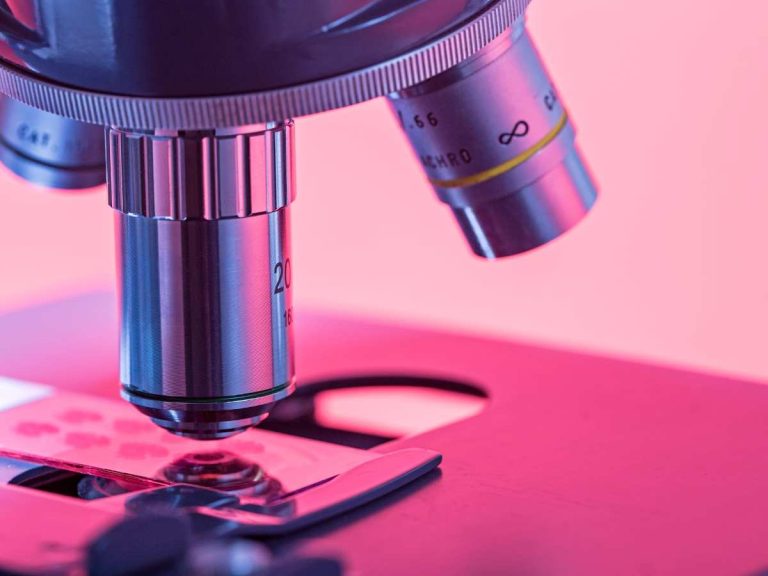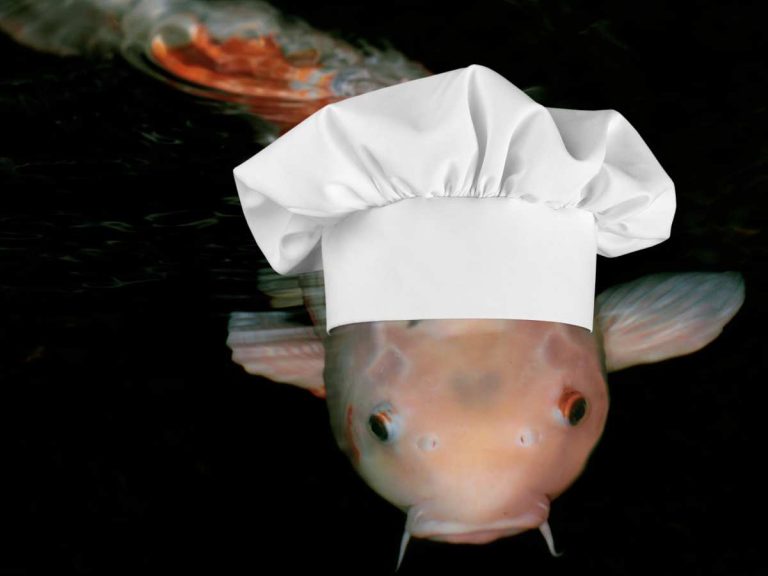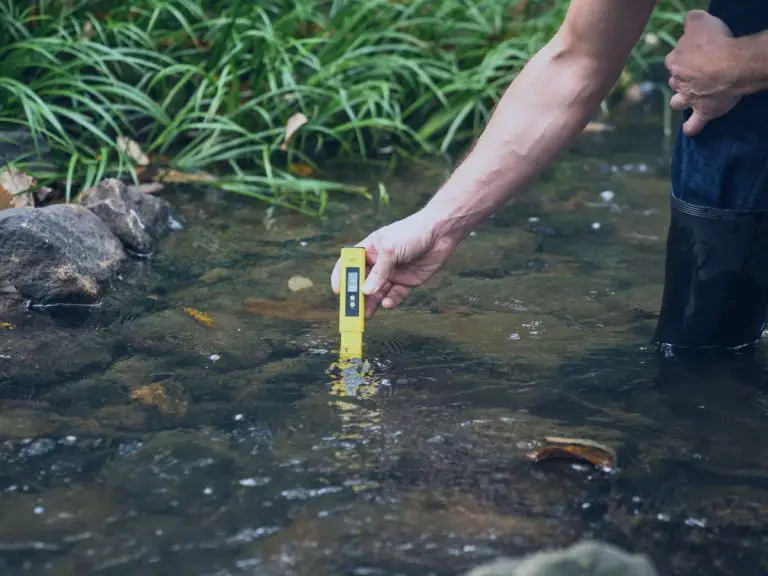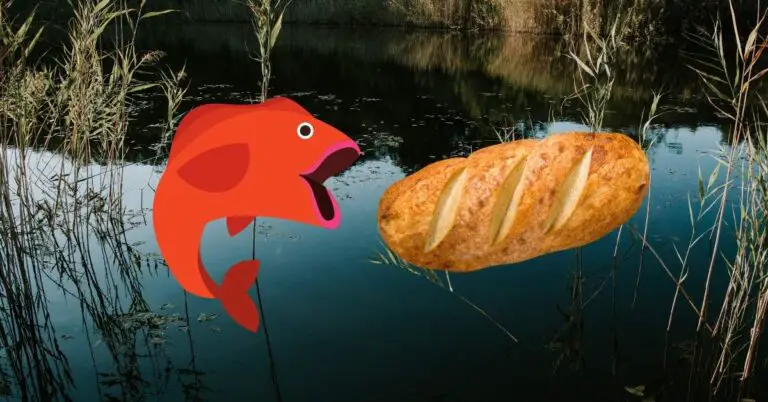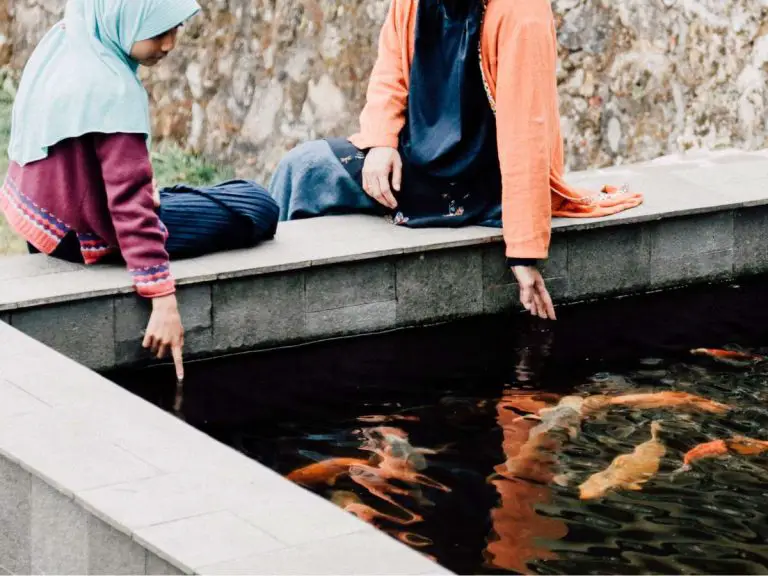When to Start Feeding Koi After Winter: Essential Guidelines and Tips for Healthy Koi Fish Care in Spring
As the owner of an outdoor Koi pond somewhere in the world where it gets cold for part of the year, one of the questions you may be asking yourself is “when should I start feeding my koi after winter?”
It’s a great questions, because feeding koi too early or too late after winter can have negative impacts on their health and growth. The short answer is that you should start feeding your koi fish after winter when the water temperature is consistently above 50°F (10°C). However, there are other factors to consider, such as the size and age of your koi fish, their health condition, and the type of food you should provide them.
If you want to learn more about when and how to feed your koi fish after winter, as well as other important care tips for their health and happiness, keep reading. We’ll cover everything you need to know to ensure your koi fish thrive in your pond for years to come!
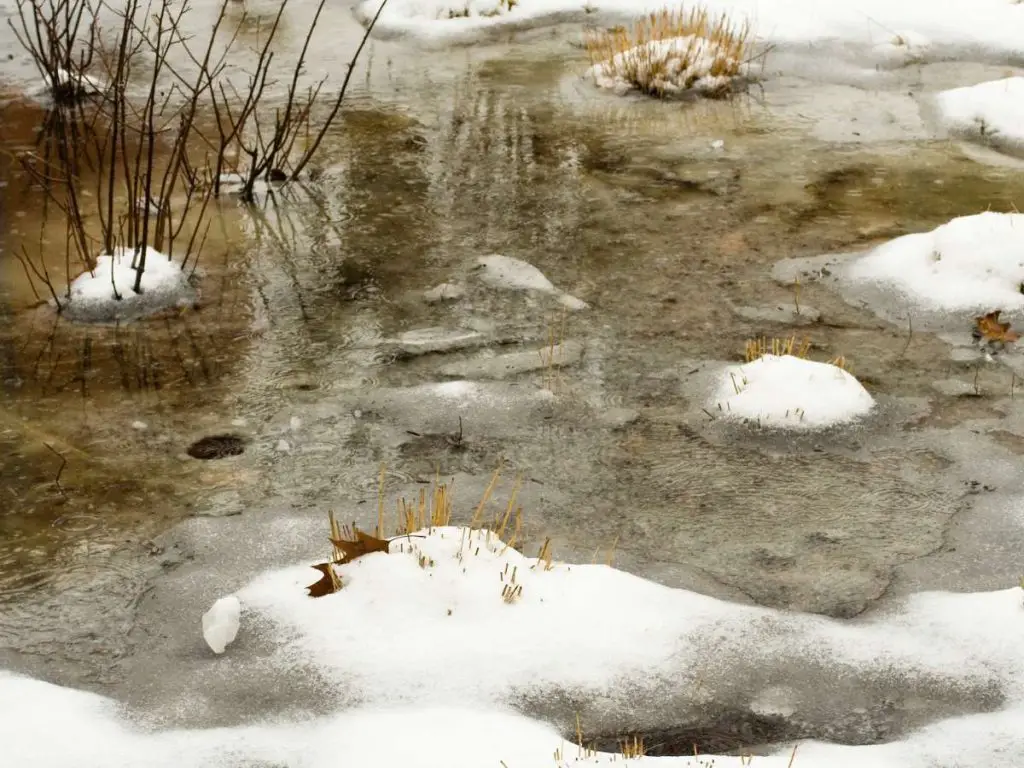
Understanding koi fish hibernation
Koi fish hibernate during the winter season, and this is a normal part of their life cycle. During this time, they slow down their metabolic activities and reduce their bodily functions to preserve their energy.
| Time of Year | Temperature Range | Koi Behavior During Hibernation |
|---|---|---|
| Fall | Varies, but decreasing | Koi start to slow down and eat less, preparing for the upcoming colder months. |
| Winter | Below 50°F (10°C) | Metabolic activities reduce significantly. Koi swim less, stay near the bottom, and don’t eat. |
| Early Spring | Slowly rising | Koi begin to stir and become more active, indicating the end of their hibernation period. |
| Late Spring | Above 50°F (10°C) | Koi’s metabolism returns to normal, and they show increased appetite, signaling readiness for feeding. |
What happens during koi fish hibernation?
Koi fish reduce their activity levels during hibernation. They tend to swim less, hide around the bottom of the pond and become less responsive to external stimuli. Their digestion also slows down, and they do not require food during this period.
How long does koi fish hibernate?
The hibernation period of koi fish varies depending on the location and climate. In places with harsh winter conditions, koi fish may hibernate for up to five months. In milder places, the hibernation period can be shorter.
What are the signs that koi fish hibernation is over?
When the weather begins to warm up, the koi fish start to stir from hibernation. They become more active gradually and begin to swim and breathe more frequently. Their appetite also increases as their metabolism returns to a normal rate. It’s super important to be patient and wait until the koi fish display these signs before feeding them. Any attempt to feed them before they’re ready can have negative effects on their health.
Factors affecting koi fish feeding after winter
Feeding koi fish after winter is a crucial aspect of their overall well-being. However, several factors affect their feeding routine, and it’s important to consider them before feeding them.
The following are some essential factors that affect koi fish feeding after winter:
| Factor | Implication | Consideration |
|---|---|---|
| Water Temperature | Metabolic rate and appetite are influenced by temperature. | Consistently maintain water above 50°F (10°C) before feeding. Monitor temperature regularly. |
| Koi Fish Age | Different metabolic rates for young vs. old fish. | Younger koi may need feeding sooner due to a faster metabolism. |
| Koi Fish Size | Determines feeding frequency and portion size. | Smaller koi may require frequent but smaller meals; larger koi might need larger portions but fewer feedings. |
| Koi Fish Health | Affects readiness to feed and type of food. | Monitor for signs of weakness or illness. Consult a veterinarian if needed. |
Water temperature
The water temperature is one of the most crucial factors to consider when feeding koi fish after winter. It’s essential to wait until the water temperature remains consistently above 50°F before feeding them.
Feeding them too early can affect their digestion, while feeding them too late can hamper their growth and immunity. The water temperature plays a vital role in koi fish’s metabolism, and feeding them when the water temperature is not optimal can cause health issues.
So, make sure to keep track of the water temperature before feeding them.
Koi fish age
The age of the koi fish also determines when to start feeding them after winter. Younger koi fish have a faster metabolism and require more nutrients than older koi fish. Hence, they need to be fed as soon as the water temperature is optimal for feeding.
On the other hand, older koi fish have slower metabolisms and might take a little longer to be ready for feeding. Therefore, you need to keep an eye on the fish’s age before deciding when to start feeding them.
Koi fish size
The size of the koi fish is another essential factor affecting their feeding routine after winter. Smaller koi fish have smaller stomachs and require frequent feeding than larger koi fish. Therefore, they need to be fed small portions several times a day.
On the other hand, larger koi fish might need more substantial portions and fewer feedings. Keep the koi fish size in mind when deciding how much to feed them after winter.
Koi fish health
The overall health condition of the koi fish also affects their feeding routine. If a koi fish is weak or struggling with a particular ailment, it might not be ready for feeding even if the water temperature is optimal. In such cases, it might require special medication and diet prescribed by a veterinarian.
Keeping a tab on the koi fish’s overall health and consulting a veterinarian in case of any health problems is crucial for their well-being.
When to start feeding koi fish after winter
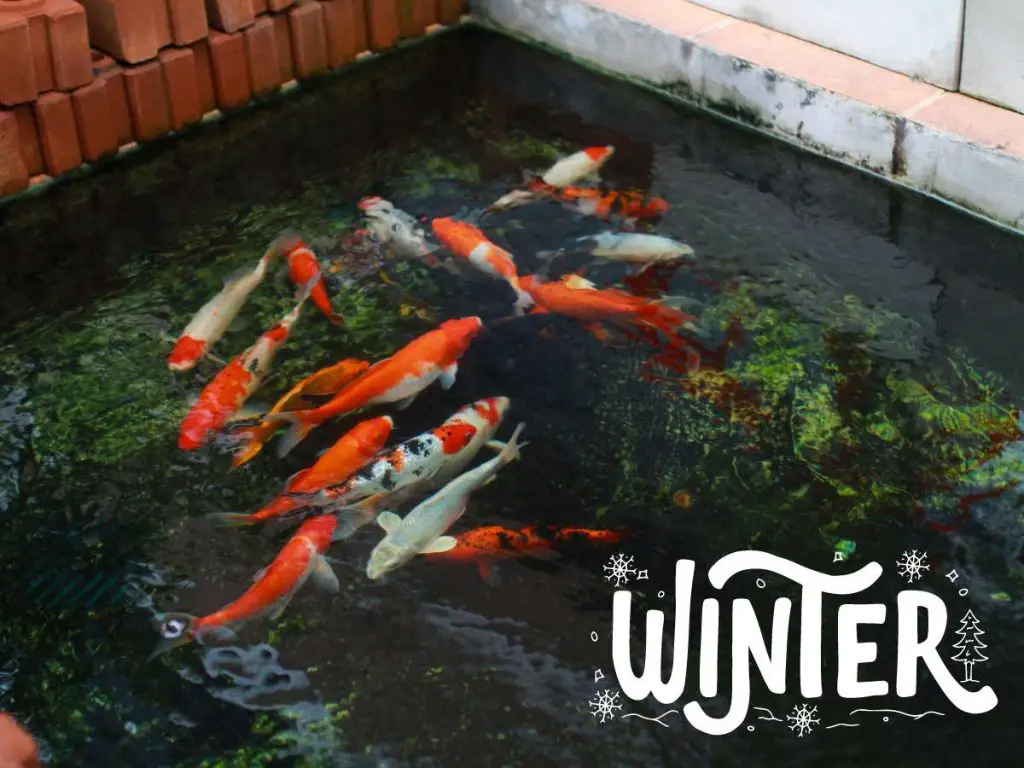
It’s important to wait until the water temperature consistently rises to 50-55°F (10-12°C) before feeding your koi fish after winter. This is because their digestive system slows down during hibernation, and if you feed them before the water temperature rises enough, their metabolism won’t be able to properly process the food, which can cause health problems.
| Criteria | Details | Recommendation/Notes |
|---|---|---|
| Water Temperature | Above 50-55°F (10-12°C) consistently. | Begin feeding once this temperature is consistently maintained. Check with a reliable thermometer. |
| Frequency | Initially infrequent. | Start by feeding every other day or every 3 days. Gradually increase the frequency as the season progresses. |
| Type of Food | Wheat germ-based koi food initially. | Easier to digest for koi after winter. Transition to regular koi food as temperature continues to rise. |
| Food Quantity | Limited amounts. | Feed only as much as they’ll eat in a few minutes. Avoid overfeeding to prevent health and water quality issues. |
| Koi Activity | Increased swimming and responsiveness. | Indication that koi are emerging from hibernation and are ready to feed. Monitor behavior closely. |
How often to feed koi fish after winter
When you first start feeding your koi fish after winter, it’s important to do so sparingly. Feed them every other day or even every 3 days, and only give them a small amount of food each time. Gradually increase the frequency and volume of their feedings as the weather warms up. This helps prevent digestive problems and encourages healthy growth.
Best food for koi fish after winter
During the first few feedings after winter, it’s best to use a high-quality wheat germ-based koi food. This type of food is easier for your koi fish to digest, making it less likely for them to experience health issues. As the water temperature continues to rise, switch to a regular koi food that provides a balance of protein and other nutrients to support optimal growth and health.
How much to feed koi fish after winter
It’s important to only feed your koi fish as much as they will eat in a few minutes. Overfeeding can negatively impact their health, lead to water quality issues, and promote unwanted algae growth. It’s better to underfeed your koi fish at first and gradually increase the amount as they become more active and their appetite grows.
List of tips for feeding koi fish after winter:
- Wait until the water temperature consistently rises to 50-55°F before feeding koi fish after winter
- Feed sparingly and gradually increase frequency and volume
- Use high-quality wheat germ-based koi food at first, then switch to a regular koi food
- Only feed your koi fish as much as they will eat in a few minutes
Koi fish health tips after winter season
Once your koi fish have emerged from their winter hibernation, it’s important to keep them healthy and thriving as they transition into the warmer spring season. Here are some essential tips to ensure your koi fish remain healthy and happy:
Water quality management
One of the most important aspects of koi fish health is water quality. Poor water quality can lead to stress, disease, and even death in your koi fish. Water changes are essential to maintaining good water quality, especially after winter when organic matter has built up in the pond. Aim to do a water change of about 10-20% every two to three weeks, depending on the size of your pond and the number of fish you have.
Water temperature maintenance
As the weather warms up, the water temperature in your pond will naturally rise. However, it’s important to keep an eye on the temperature and make adjustments as necessary to ensure your koi fish are comfortable. Koi fish thrive in water temperatures between 65-75°F. If your pond temperature exceeds 75°F, consider providing some shade to keep the water cool.
Aeration and oxygenation
Adequate oxygenation is crucial for koi fish health. A pump or aerator system will help to circulate the water and ensure that there is enough oxygen for your koi fish to breathe. In addition, introducing live plants to your pond can help to increase oxygen levels and provide a naturalistic environment for your koi fish.
Disease prevention and treatment
Preventing disease is always easier than treating it. To avoid common koi fish ailments such as ich or fin rot, make sure to keep your pond clean and well-maintained. Additionally, quarantine new fish before introducing them to your pond to prevent the spread of illness. If you notice any signs of illness such as lethargy or abnormal behavior, act quickly to diagnose and treat the problem with the appropriate medication.
Caring for Koi Fish in Spring
When winter starts winding down and the ice on your pond starts to thaw, it’s time to start thinking about caring for your koi fish in the spring. Spring is a crucial time for your koi, as they come out of their semi-hibernation and start to become active again. Making sure you are taking the right steps to help your koi transition to the warmer weather is key to their health and overall wellbeing.
Water Change Frequency
One of the first things you’ll want to do is to start performing more regular water changes. After winter, your pond has had several months of build-up, including debris, decaying matter, and fish waste. By performing regular water changes, you’ll help to keep the water fresh and clean while removing any harmful elements that may have built up over time. It’s recommended that you perform a partial water change of about 10 to 20 percent every week starting in early spring.
Filter Maintenance
Filters play a vital role in keeping your pond healthy, so it’s important to clean them regularly. After winter, your filters have likely become clogged with debris, so make sure to give them a deep cleaning. Rinsing and scrubbing the filter pads and washing out the filter to remove any excess waste should do the trick. Depending on the type of filter you have, you may also need to replace the filter media.
Pond Cleaning
In addition to cleaning your filters, you’ll want to clean the whole pond. Start by removing any debris that’s settled on the bottom of the pond, using a net to fish out any leaves, sticks, or other debris. You will also want to take the time to rinse off any rocks, statues, or other decorations in the pond, as they tend to collect algae and waste over the winter.
Plant Management
The spring is a great time to start pruning back your aquatic plants to help them regenerate for the summer. Make sure you are cut any dead or dying foliage and organizing plant beds. This will not only help with the overall appearance of your pond, but it will also help with maintaining water quality.
Taking care of your koi fish in the spring is crucial to their overall wellbeing. It may seem like a big task, but if you stay on top of your pond maintenance, you can enjoy beautiful, healthy koi for years to come.
Signs of koi fish readiness for feeding
Koi fish, like all living creatures, need to eat. They can go without food for a long time, but as spring arrives, they will need food to start building up their strength and energy.
You need to be able to identify when your koi fish are ready to be fed. The easiest way to tell is by their activity levels. If the water temperature is above 50 degrees Fahrenheit and your koi fish are swimming, then they are ready to be fed.
Feeding habits of koi fish after winter
When it’s time to start feeding your koi fish again after winter, it’s important to start slow. Start with small amounts of food and gradually increase it over a period of time. This will allow your koi fish to slowly get used to eating again and prevent overfeeding, which can lead to health problems. Feed your koi fish two to three times a day and remove any uneaten food after 10 minutes.
How to monitor koi fish behavior after winter
The best way to monitor your koi fish behavior after winter is to observe them closely. Watch for signs of activity, such as swimming around and being more alert. This will let you know that they are starting to come out of hibernation and are ready to be fed. Also, check for any health problems such as abnormal scaling, discoloration, or bloating. If you notice any signs of illness, it’s important to take action right away and consult with a veterinarian or other koi fish expert.
In summary, being able to identify when your koi fish are ready to be fed after winter is essential to their health and well-being. Start slow with small amounts of food and gradually increase it over time. Monitor your koi fish behavior closely and check for any signs of illness. By doing these simple things, you’ll be able to keep your koi fish healthy and happy throughout the spring and summer months.
Caring for Your Koi Fish: When to Start Feeding After Winter
That’s a wrap! We covered a lot of ground, so let’s quickly review.
- Koi fish hibernate during winter, which affects their feeding habits and overall health
- Several factors can impact timing and frequency of feeding, including water temperature, age, size, and health
- Guidelines for feeding koi after winter include starting slow, monitoring behavior, and maintaining proper water quality
- Post-winter care includes water changes, filter maintenance, pond cleaning, and plant management
- Koi readiness for feeding can be determined through behavior and feeding habits
Remember, feeding your koi too early or too late after winter can have negative impacts on their health and growth. It’s important to take the time to understand their needs and adjust your feeding accordingly. By following the guidelines and tips we’ve discussed, you’ll keep your koi healthy and thriving throughout the year. Now, go take care of those beautiful fish!
Related Questions
Can I start feeding my koi fish as soon as the winter season is over?
It is not recommended to start feeding your koi fish immediately after the winter season. You should wait until the water temperature is consistently above 50°F and your koi fish show signs of readiness for feeding, such as increased activity and appetite.
How long should I feed my koi fish after winter?
The feeding period after winter for koi fish typically lasts 4-6 weeks before resuming a normal feeding routine. This timeframe allows your koi fish to adjust to their new diet and gradually restore their digestion and metabolism.

